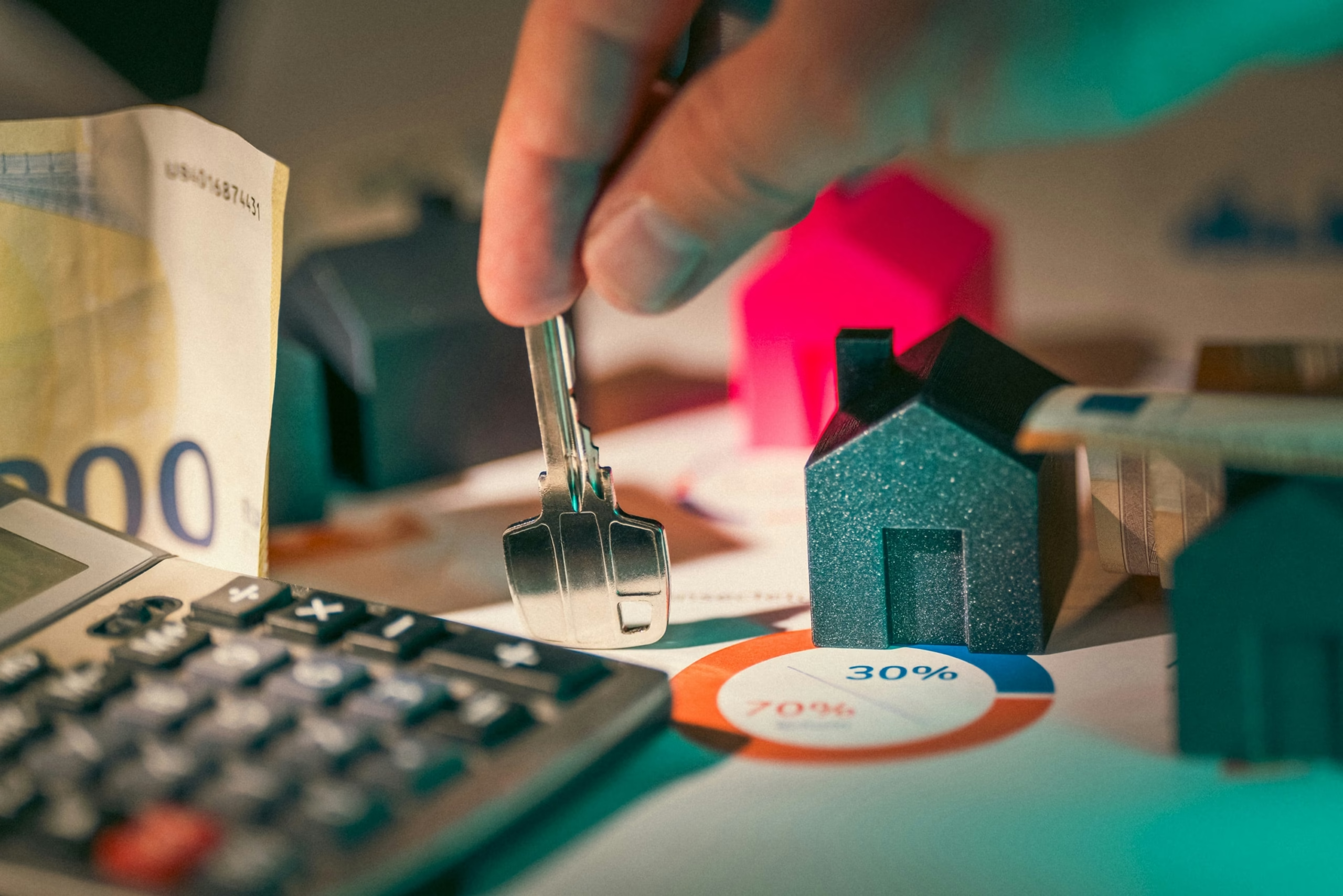Home Insurance: Top 10 Factors That Affect Your Premium
If you’ve ever wondered why your neighbor pays less for home insurance than you do, you’re not alone. Home insurance premiums are based on a complex mix of personal, property, and geographic factors. Some are within your control, and others aren’t—but understanding them can help you make smart decisions and potentially lower your costs.
Here are the 10 biggest factors that influence your home insurance premium in 2025, plus some practical tips to keep your rates in check.
1. Location, Location, Location
Where your home is located has a major impact on your rate. Insurers assess local risks such as:
- Weather events: Hurricanes in Florida, wildfires in California, hail in Texas
- Crime rates: Higher crime means more risk of theft or vandalism
- Distance to fire stations: Homes farther from emergency services cost more to insure
Tip: You can’t move your house, but you can add fire-resistant upgrades or install a home security system to lower risk in high-crime or disaster-prone areas.
2. Home Value and Rebuild Cost
Your premium is based on the replacement cost of your home—not its real estate market value. Insurers calculate what it would cost to rebuild the same structure today, including materials and labor.
Higher-value homes with custom features, large square footage, or expensive materials cost more to insure.
Tip: Work with your insurer to make sure your policy reflects accurate rebuild costs—not inflated values or outdated assumptions.
3. Age and Condition of the Home
Older homes are charming but costly to insure. They often have outdated wiring, plumbing, or roofs—all of which are more likely to cause expensive claims.
Examples:
- Homes built before 1970 may have knob-and-tube wiring or galvanized plumbing
- Roofs over 20 years old may disqualify you from coverage in some states
Tip: Modernize critical systems (electrical, HVAC, plumbing) to reduce both risk and premium.
4. Roof Type and Condition
Your roof is your home’s first line of defense, so insurers pay close attention to it. The material, age, and condition of your roof can significantly raise or lower your premium.
- Asphalt shingles = standard pricing
- Metal or impact-resistant roofs = possible discount
- Old or damaged roof = higher premium or limited coverage
Tip: If your roof is over 15–20 years old, ask your insurer if an inspection or upgrade can qualify you for a better rate.
5. Deductible Amount
The deductible is what you pay out-of-pocket before insurance kicks in. A lower deductible means less risk for you, but more for the insurer—so they charge you more.
Example:
- $500 deductible = higher premium
- $2,500 deductible = lower premium
Tip: Choose a higher deductible only if you have savings to cover it in an emergency. It’s one of the fastest ways to reduce your annual rate.
6. Claims History
If you’ve filed multiple claims in the past—especially for water, fire, or liability—insurers may see you as a higher risk and charge accordingly.
Even claims from a previous homeowner can affect your rate if they occurred recently.
Tip: Avoid filing small claims. Pay out-of-pocket for minor issues to preserve your clean claims history and avoid premium hikes.
7. Credit Score (in Most States)
Yes, your credit score can affect your home insurance rate—just like it does for auto insurance or loans. Insurers believe people with higher credit scores file fewer and less costly claims.
Tip: Improve your credit score over time by paying bills on time, reducing debt, and checking your credit report for errors.
Note: Some states like California, Maryland, and Massachusetts ban the use of credit scores in insurance pricing.
8. Coverage Limits and Add-Ons
The more coverage you have, the more you’ll pay. Optional add-ons like:
- Flood insurance
- Earthquake coverage
- Extended replacement cost
- Scheduled valuables (jewelry, art, electronics)
…will all increase your premium.
Tip: Review your policy annually and remove unnecessary riders or extras. Make sure you’re not over-insured for items you no longer own.
9. Home Security and Safety Features
Insurers love a safe home. You can earn discounts for features like:
- Burglar alarms
- Smoke and carbon monoxide detectors
- Deadbolt locks
- Fire sprinklers
- Water leak detection systems
Tip: Ask your insurer what discounts are available for smart home upgrades or monitored systems.
10. Pets and Liability Risks
Certain dog breeds or exotic pets may raise your liability risk, which can increase your premium. Swimming pools, trampolines, or home businesses also fall into this category.
Tip: Disclose any high-risk features upfront. Lying or hiding information could void your coverage later.
Bonus Tips to Reduce Your Home Insurance Premium
- Bundle home and auto insurance with the same provider for a multi-policy discount (10–25%)
- Shop around every 1–2 years—rates can vary significantly by insurer
- Avoid small claims to keep your record clean
- Install storm shutters, a new roof, or a fire-resistant exterior in high-risk areas
- Maintain your home—routine upkeep reduces the risk of future claims
Final Word: Know What Drives Your Costs
Understanding the factors behind your premium puts you in a stronger position to protect your home and your wallet. You don’t need to settle for high rates, and you definitely don’t need to sacrifice essential coverage just to save a few dollars.
If you want to start cutting costs the smart way, head over to:
How to Lower Your Home Insurance Rates Without Sacrificing Coverage




